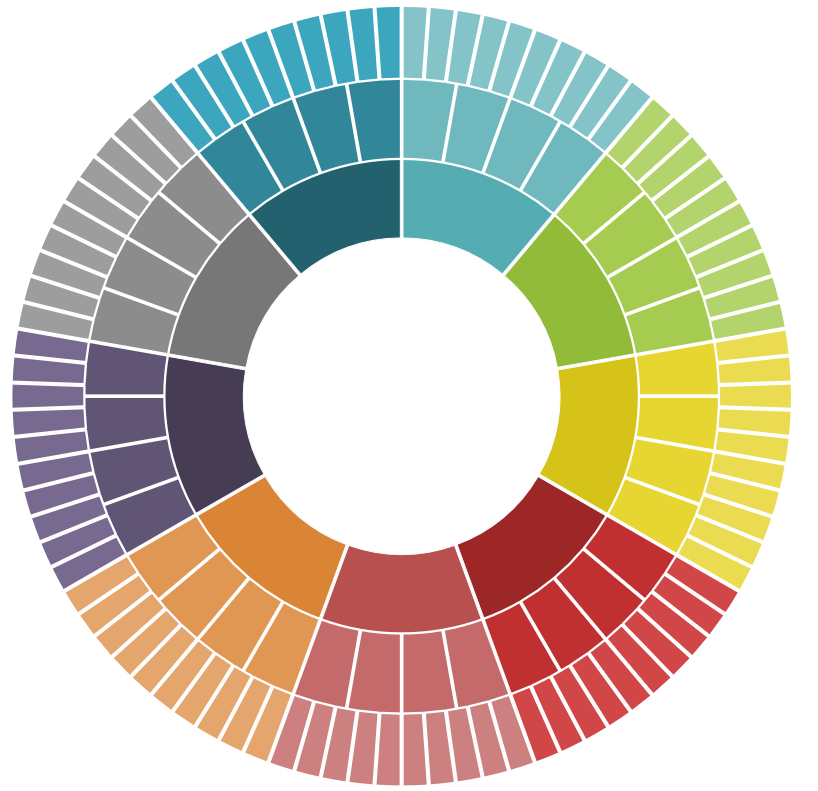Volltextsuche nutzen
- versandkostenfrei ab € 30,–
- 11x in Wien, NÖ und Salzburg
- 6 Mio. Bücher
- facultas
- Detailansicht

Simulation of lower limb joint forces and muscle-activation
Simulation during isokinetic and vibrational leg press training

Taschenbuch
57,50€
inkl. gesetzl. MwSt.
Herstellung bei AnforderungVersandkostenfreibestellen in Österreich
Deutschland: € 10,00
EU & Schweiz: € 20,00
EU & Schweiz: € 20,00
In den Warenkorb
Click & Collect
Artikel online bestellen und in der Filiale abholen.
Derzeit in keiner facultas Filiale lagernd. Jetzt online bestellen!Artikel online bestellen und in der Filiale abholen.
Artikel in den Warenkorb legen, zur Kassa gehen und Wunschfiliale auswählen. Lieferung abholen und bequem vor Ort bezahlen.
Auf die Merkliste
Veröffentlicht 2017, von Günter Schneider, Jan Cvecka, Matthias Krenn bei AV Akademikerverlag
ISBN: 978-3-639-87990-2
132 Seiten
220 mm x 150 mm
The leg press presents an effective exercise device for the lower limb muscles where the individual works against resistance in both, concentric and eccentric way. Training on a legpress is often used in rehabilitation because it has a defined range of movement which reduces the impact on the joints. In recent years, a unique computer-controlled linear motor powered leg press was developed by the ...
Beschreibung
The leg press presents an effective exercise device for the lower limb muscles where the individual works against resistance in both, concentric and eccentric way. Training on a legpress is often used in rehabilitation because it has a defined range of movement which reduces the impact on the joints. In recent years, a unique computer-controlled linear motor powered leg press was developed by the Comenius University (Bratislava, Slovakia) and the Ludwig Boltzmann Institute of Electrical Stimulation and Physical Rehabilitation (Vienna, Austria). The new device is able to operate in several working modes in a flexible way which enhances the efficacy of the training procedure. Next to classical isokinetic and isotonic loads, the computer- controlled linear-motor of this leg press can also generate vibrations with customized parameter setting. Former investigations estimate higher muscle activity during vibration training compared to isokinetic movement. The aim of this thesis is to examine these thoughts with the aid of simulation software.
The leg press presents an effective exercise device for the lower limb muscles where the individual works against resistance in both, concentric and eccentric way. Training on a legpress is often used in rehabilitation because it has a defined range of movement which reduces the impact on the joints. In recent years, a unique computer-controlled linear motor powered leg press was developed by the Comenius University (Bratislava, Slovakia) and the Ludwig Boltzmann Institute of Electrical Stimulation and Physical Rehabilitation (Vienna, Austria). The new device is able to operate in several working modes in a flexible way which enhances the efficacy of the training procedure. Next to classical isokinetic and isotonic loads, the computer- controlled linear-motor of this leg press can also generate vibrations with customized parameter setting. Former investigations estimate higher muscle activity during vibration training compared to isokinetic movement. The aim of this thesis is to examine these thoughts with the aid of simulation software.
